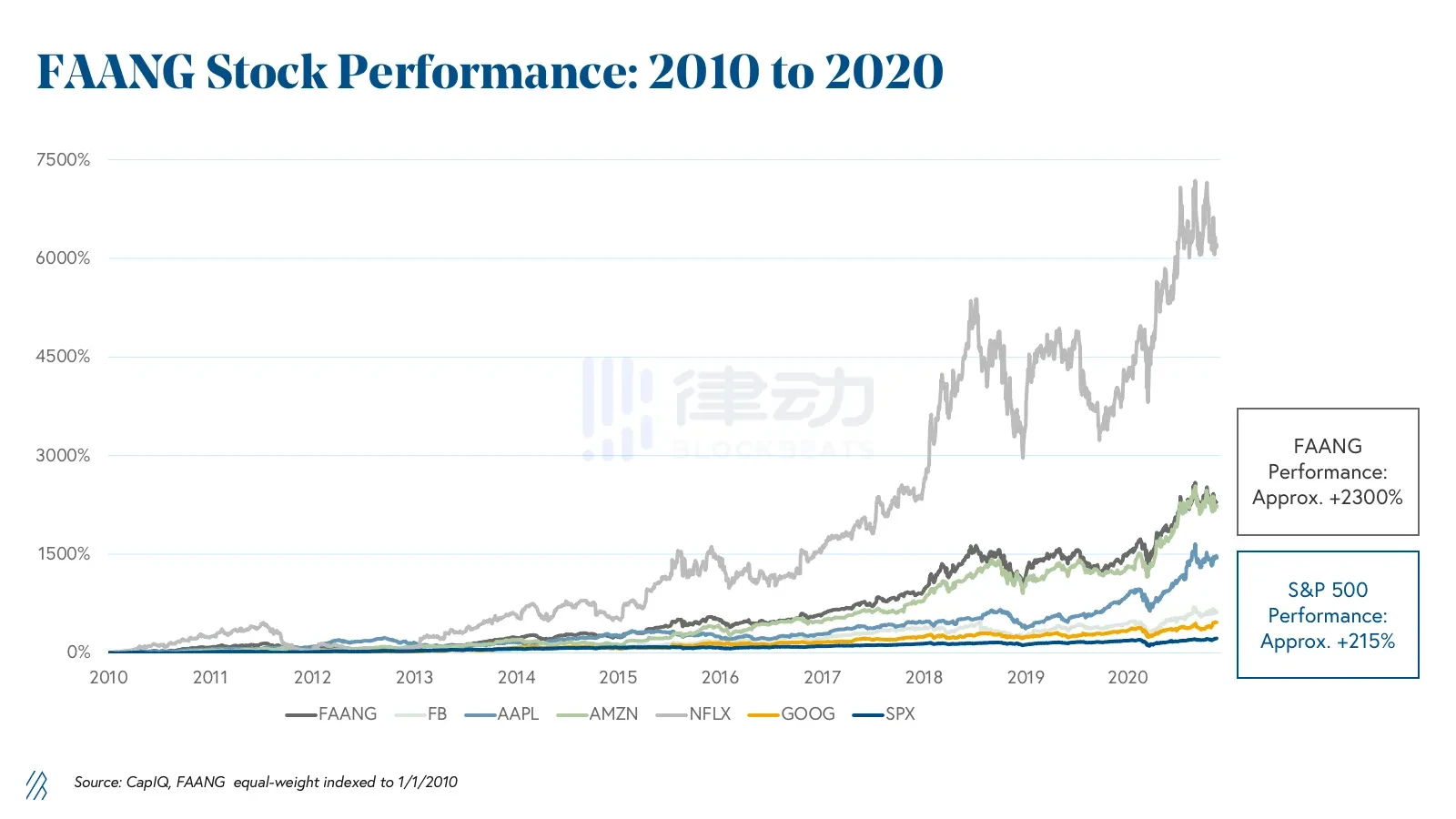Original Title: Dev2dev: A Potential Technobabble Arbitrage
Original Author: Matti, Zee Prime Capital
Original Translation: Kaori, BlockBeats
At Zee Prime, we were one of the first teams to formally propose and publish a middleware paper in early 2021, and we released the second part in 2022. Middleware includes everything that is not an application or basic protocol. In other words, it is everything in between the two.
Another term for representing middleware is infrastructure, and apparently, this is the land of today. All the magical space between L1 and applications is something we should be excited about. Infrastructure is the future. Modular technology is developing in parallel with AI and ZK, and so on… and there are more industry terms.
Related Reading: "Web3 Middleware and Infrastructure Panorama Overview"
Today, many large venture capital firms must prove their worth while raising a large amount of assets under management (AUM) from those who know little about the field. In fact, the creativity in the crypto field is very limited, and there is a lack of innovative resources. That's why infrastructure has become a default response. It's a simple solution—a developer's purgatory.
Apart from a few airdrop hunters, there are very few users in the crypto field, so they want to achieve self-redemption through B2B scenarios. This implies a warm and familiar thing to make money in Web2—B2B SaaS—you're not selling to users (because there are no users), but to other businesses (which have many).
So, when the pension fund board realizes that homomorphic encryption is not actually a scientific term for "unpublished homosexuality," everyone will turn their attention to the cold technical terms represented by this infrastructure, but they will say "Follow the money."
"Selling Shovels"
The initial crypto B2B concept has a small problem. Many crypto companies sell services to other crypto companies—but who are the customers of other crypto companies? You guessed it—other crypto businesses.
One thing is missing, and that's money. No money, no "B."
Unless there are venture capital firms with a large amount of funds that cannot be invested in other areas, willing to fund thriving developers for the developer ecosystem, or what we call—dev2dev.
However, this situation cannot last forever, but it can last for a while. 2 years? Just in time for a four-year cycle (for those who believe in astrology). It's risky, but it has worked in the past.
Acronyms and buzzwords are popular because they can mean anything. In other words, you can use technical terms to make sure that no one really knows what you're talking about. That's why you'll end up in a circle driven by institutional funds, only focusing on internal developers, and praising each other.
If you can't see an actual product, then you are likely the product.
So, in Web3, developers provide a perfect product/market fit for venture capitalists, who can allocate capital and then raise new funds because "we need new infrastructure" and "building infrastructure is difficult and time-consuming."
What we ultimately get is the same as the self-referential token production feedback loop, but this time it's a "composable" infrastructure self-referential dev2dev ecosystem. It is expected that retail investors will eventually buy tokenized developers.
Resources and Creativity
Infrastructure does need improvement. But it is worth questioning whether it should be built from the top down before users arrive.
Amazon was the first user of AWS, which was built for internal use, just a coincidence, not by design, and it became the core infrastructure of Web 2.
Those with users are most likely to develop downstream. I don't want to burst your ETH-maxi decentralized bubble, but if Metamask exclusively channels its order flow into its builders, then they will build every block (maybe already happened, perhaps check the chain?).
Lex Luthor doesn't want to inspire some deep tech media company to transform into Metamaskless, so this re-centralization attack vector is unlikely to materialize in the near future. But it gives you an understanding of the vulnerability of the decentralized stack/infrastructure narrative.
Nevertheless, insincere infrastructure narratives are still a seemingly conservative bet. It's a good analogy from the big tech era, which the older generation is interested in because it's a familiar concept. So, if you combine the sexy buzzword ZK with infrastructure SaaS, institutional investors will be attracted.
The predictable return of selling "picks" and "shovels" looks very appealing at board meetings.
BlockBeats Note: In the field of crypto venture capital, "Selling Shovels" means companies engaged in infrastructure and services related to cryptocurrencies, blockchain, and other technologies, rather than directly investing in cryptocurrencies. These companies may provide trading platforms, wallet services, blockchain technology development, etc. This phrase emphasizes that companies providing infrastructure and tools for the entire industry may be more profitable than directly investing in cryptocurrencies.
This is how the drip-feed institutional narrative is combined with unimaginative developers and serial entrepreneurs, seeking a lifestyle business wrapped in technical terms.
Large venture capital firms find it difficult to sell the crypto craze of the past cycle to their limited partners. In addition, funding creativity is cheap. Great ideas usually don't require a lot of investment. That's why venture capital firms are obsessed with resources, and for them, developers are resources that need funding.
I expect the next innovation trigger to be funded by the 1% of capital that has flowed into crypto startups over the past few years, meaning that most guided funds will be surpassed by very little capital supporting creativity.
The fact is, in the crypto field, the problem with innovation is not money, but creativity + execution.
Although there is fierce competition in investing in infrastructure (and the large amount of resources it requires), the high-risk game today is not at the infrastructure level. Sayre's law applies here:
"In any dispute, the intensity of feeling is inversely proportional to the value of the issues at stake."
This is reflected in a quote often attributed to Henry Kissinger: "University politics are so vicious precisely because the stakes are so small." When the objective differences are small, you need to compete hard to maintain some difference. This difference is often more fictional than real, so here are 20 L2 and ZKb that need funding.
After all, venture capital firms have fully exploited the L1 narrative. They have extracted all the value from this field, and even more. Now, they are refocusing their attention on infrastructure while avoiding the most important question: where are the users? In the process, they also overlook the existing infrastructure projects that have been under construction for some time.
Infrastructure Arbitrage
How can we creatively use foolish funds to support technology? Are there truly worthwhile infrastructure projects to support? The summary I propose will certainly have exceptions, and there are indeed some interesting and important efforts in building Web 3 infrastructure.
As I mentioned earlier, in Zee Prime's investment field, we have been active in infrastructure construction for the past few years, and most of what we see now is just recycling old ideas and products, or shoehorning them into current trends (ZK, L2, etc.). The difference is that they are gated and not freely available on the secondary market.
While attending the Token 2049 event, I noticed free alpha suppliers and "folk hero" Arthur Hayes quietly promoting Filecoin. This made me realize that playing the infrastructure game in the secondary market might be a robust arbitrage. Private round infrastructure investments mainly rely on illusory innovation.

Innovation often comes with a high cost, borne by large venture capital firms, and then rapidly decreases in price after unlocking. Whether it's storage or decentralized RPC (the things we actually need), account abstraction, indexing, and so on, there may be another way to play the infrastructure game.
The early winners of the 2020 DeFi Summer were not teams built by venture capital firms, but rather projects that have been innovating and executing for a long time, whether it's Synthethix or Aave.
Upon closer examination, one can find teams that have received ample funding and purchase tokens at a significant discount on the secondary market. Not to mention, their allocation is more favorable compared to private rounds. This is a risky bet, but it's not the first time that public market performance has outperformed venture capital.

Perhaps it can be avoided when this shiny new toy is not actually as shiny and comes with a heavy venture capital baggage. After all, the opportunity to invest in great tech companies has never been a matter of a few private rounds or a few months. It's at least a multi-year opportunity.
If you must bet on infrastructure, consider teams with experience and bear market experience, who have been building for many years. After all, Hayes has bigger traps than most venture capital firms, and you know big traps mean alpha returns.
Disclaimer: Zee Prime has invested in many infrastructure and middleware projects, including Filecoin, Pocket Network, Biconomy, Subsquid, etc., so this article represents a biased viewpoint.
免责声明:本文章仅代表作者个人观点,不代表本平台的立场和观点。本文章仅供信息分享,不构成对任何人的任何投资建议。用户与作者之间的任何争议,与本平台无关。如网页中刊载的文章或图片涉及侵权,请提供相关的权利证明和身份证明发送邮件到support@aicoin.com,本平台相关工作人员将会进行核查。




